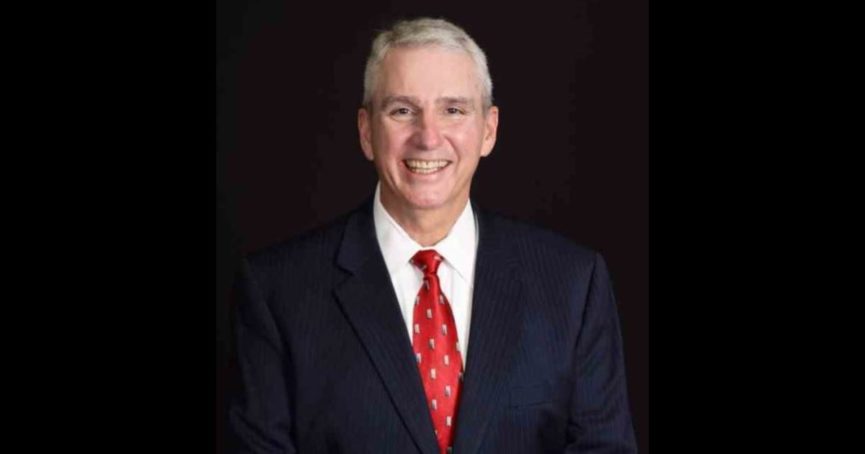In 1745, John Wesley established the first of what would become a yearly Conference, whereby Wesley had the opportunity to meet with his preachers and discuss matters of polity and procedures in the Methodist movement according to Wesley and the People Called Methodists by Richard Heitzenrater. At that first Conference in 1745, there were 3 members of the clergy and 6 laypersons (most of the 6 were serving as lay preachers) who met with Wesley. Over time, these yearly or annual Conferences would work to address other needs of this missional minded and growing movement.
The Methodist movement in what we now know as the United States faced its own sets of concerns and challenges as it to evolved from a movement under the umbrella of the Church of England in the years preceding the American Revolution to becoming an actual church after peace was reached and the United States gained independence from England. One of the obvious similarities between the Methodist movement in Britain itself and in the British colonies of North America, and even as the new church was birthed following independence, was that of conferencing at various levels within the Methodist movement. This included an annual Conference where Wesley’s influence (albeit long distance and through both writings and hand-picked intermediaries) was experienced in profound and long-lasting ways. Wesley saw conferencing as a means of God’s grace and so Holy Conferencing continued to be an important part of transforming lives, making disciples of Jesus, and “spreading scriptural holiness across the land.”
Today, Methodists still attempt to practice Holy Conferencing in some of the more obvious gatherings that incorporate “conference” into their titles: Charge Conference at the local church level; Annual Conference in a more regional, geographic level; General Conference which is the entire, world-wide gathering of United Methodists every 4 years; Jurisdictional Conferences which also occurs once every 4 years and are regional gatherings of representatives from a number of Annual Conferences in a geographic region; and Central Conferences which are like annual conferences that are beyond the United States that have been organized geographically as a means to come together and have voice.
In gatherings where “conference” is not a part of the title, Holy Conferencing also continues in similar ways that Wesley had organized the original movement –smaller, more localized groups he organized into classes, bands, and societies. Today, we conference in small groups such as Sunday School classes, life groups, Bible Studies, worship services, ministry teams, and church leadership committees and boards, to name a few. When we gather or conference, we not only listen for God’s direction and empowerment, but we discern how best to live out our faith in a life of grace in relationship with God and others. Wesley knew that conferencing was a powerful way of helping to keep God at the center of our lives and focused on doing God’s will and not our own.
I write about this because the Bishops of the United Methodist Church were asked at our last General Conference in 2016 to step forward and provide leadership for our church on the issue of human sexuality. The Bishops organized a group of 32 people (lay, clergy, and bishops) who identified on all sides of the various concerns and beliefs about human sexuality and the church’s current official position on issues related to sexuality, to do the difficult work of Holy Conferencing together on these important issues. The Bishops called this group the Commission on the Way Forward in hopes that through Holy Conferencing, common ground could be identified that allows the church to maintain its unity and do what the church has always had at its heart and does well – serve the mission field. The Bishops have also called a special session of the General Conference to act upon the recommendations of the Commission on the Way Forward (there have been other related petitions submitted after the Commission finished its work that will also be considered) so that the work of General Conference in 2020 might not have the daunting work of previous General Conferences where unusual amounts of time, energy, and resources were expended attempting to address the issues of human sexuality. This special General Conference has been set for February 23-26, 2019 in St. Louis, MO.
I encourage us all to be in prayer for our church, those whom we seek to serve in the mission field, our church representatives and leadership – not just as General Conference approaches, but beyond so that we always make what God wants and calls us to do to really be the most important thing. It seems clear to me that most of us have at least one opinion on the issues of human sexuality and how we will embrace, or not embrace the work of our General Conference in February. But I also know that God’s love is bigger than any one issue we might think works to identify us, and that being a church means our diversity and our differences should be a strength and not weaknesses as we live out being a church with many members that make up one body, keeping Christ as the head the unified body. May God bless our Holy Conferencing as people called Methodists.
See you in worship!
Brian

